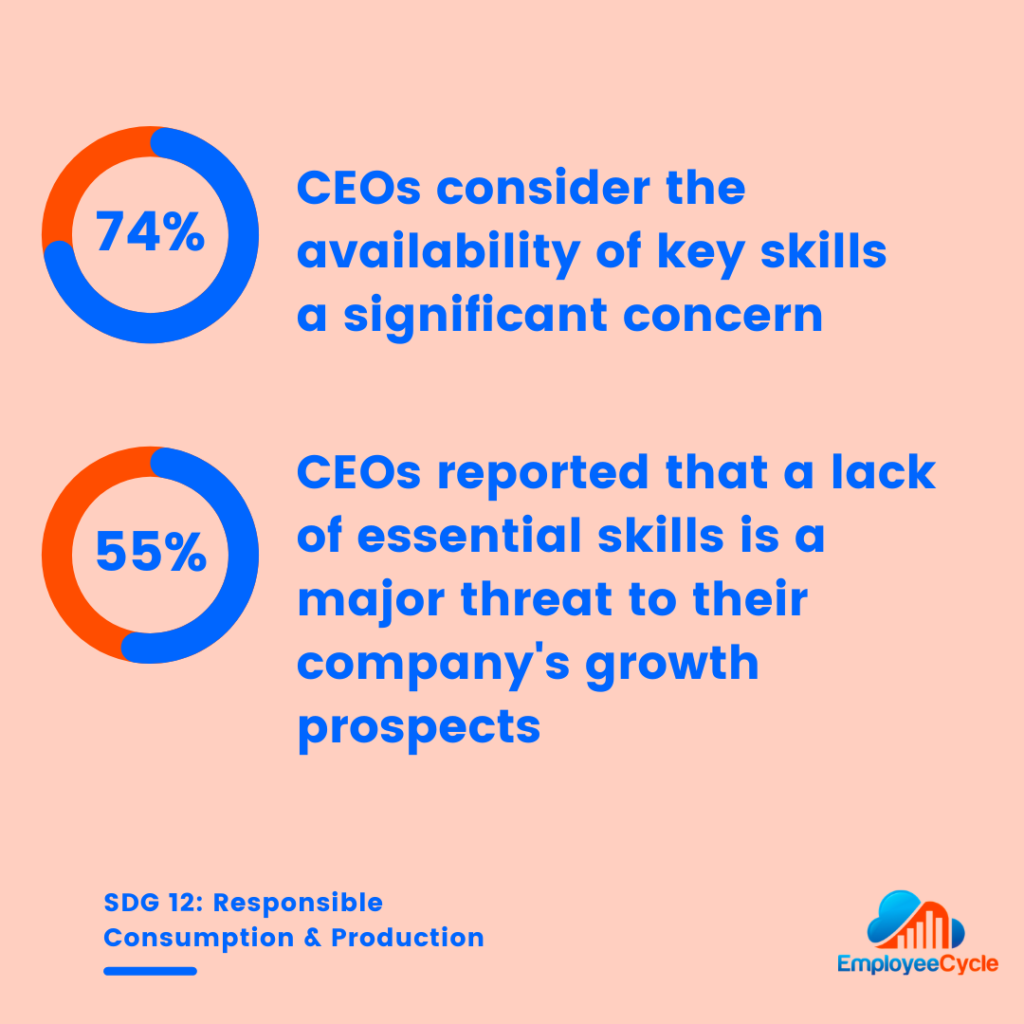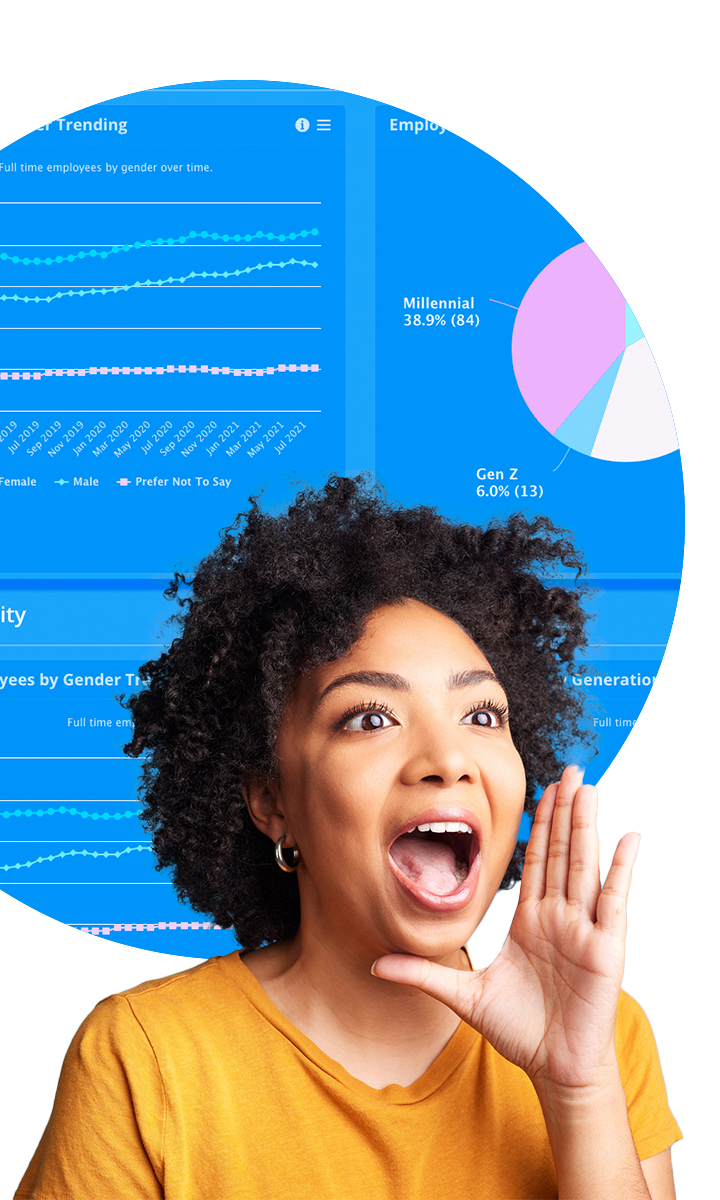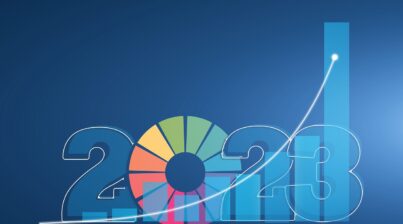
In today’s fast-paced business environment, identifying skills gaps and training needs is essential for organizations looking to stay ahead of the competition. With the help of HR analytics and HR dashboards, companies can leverage data to gain insights into their workforce and identify areas where employees need to develop new skills or knowledge. Let’s take a closer look at how data can be used to optimize training programs and improve organizational performance.
Identifying Skills Gaps
"HR analytics enables organizations to identify skill gaps, evaluate learning effectiveness, and understand how to align learning programs to business needs. This kind of data-driven insight helps to create a more effective learning experience that results in a skilled and agile workforce, which is key to driving business success."
- Stefan Molenaar, Global Director of Learning and Development at KPMG International | HR Technologist Tweet
Before companies can start optimizing their training programs, they need to identify skills gaps within their workforce. This can be done by analyzing data from performance reviews, employee surveys, and job requirements. HR dashboards can provide an at-a-glance view of where skill gaps exist across the organization, making it easier for HR teams to prioritize training initiatives.
For example, an HR dashboard may reveal that a particular department is struggling with project management skills. This information can be used to develop targeted training programs that address this specific skill gap. By using data to identify skills gaps, companies can tailor their training initiatives to the needs of their employees, resulting in a more engaged and productive workforce.
Optimizing Training Programs
Once skills gaps have been identified, companies can use HR analytics to optimize their training programs. This involves analyzing data on the effectiveness of existing training initiatives and using this information to improve future programs. By collecting feedback from employees and tracking their progress, HR teams can gain valuable insights into what works and what doesn’t when it comes to training.
For example, data may show that employees who complete online training modules are more likely to retain information than those who attend in-person training sessions. Armed with this information, HR teams can adjust their training programs to focus more on online learning opportunities, resulting in more effective training for employees.


This highlights the critical importance of identifying skills gaps and providing effective training programs to develop a skilled workforce.
Improving Organizational Performance
By using data to identify skills gaps and optimize training programs, companies can improve their overall organizational performance. Employees who receive targeted training are more engaged and productive, which can lead to increased profits and a stronger competitive advantage. In addition, HR analytics can help companies identify trends and patterns that may impact business performance, such as turnover rates or employee satisfaction levels.
HR dashboards are a valuable tool for tracking and analyzing this information, providing an at-a-glance view of key performance indicators (KPIs) that HR teams can use to make data-driven decisions. By using data to drive their HR initiatives, companies can stay ahead of the curve and achieve long-term success.
In conclusion, using data to identify skills gaps and training needs is essential for optimizing training programs and improving organizational performance. With the help of HR analytics and HR dashboards, companies can gain valuable insights into their workforce and develop targeted training initiatives that address specific skill gaps. By leveraging data to drive their HR initiatives, companies can stay ahead of the competition and achieve long-term success.
We Can Help
Employee Cycle is a powerful HR dashboard and analytics tool that equips companies with powerful insights to better identify skills gaps and optimize training programs.
Our platform provides a comprehensive view of key HR metrics, including turnover rates, diversity, and engagement indicators. With Employee Cycle, HR teams have the visibility and understanding to inform and optimize programs to improve engagement, productivity, and performance.
Contact us to learn more and schedule a demo today!











